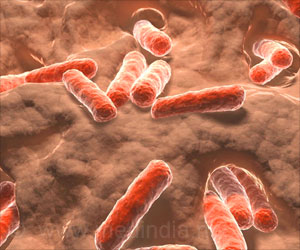New study conducted by scientists sheds light on how nerve cells make memories by controlling memory-making proteins.

These insights into the molecular basis of memory were made possible by a technological tour de force never before achieved in animals.
A mouse model developed at Einstein College in which molecules crucial to making memories were given fluorescent "tags" so they could be observed travelling in real time in living brain cells.
Efforts to discover how neurons make memories have long confronted a major roadblock: Neurons are extremely sensitive to any kind of disruption, yet only by probing their innermost workings can scientists view the molecular processes that culminate in memories.
To peer deep into neurons without harming them, Einstein researchers developed a mouse model in which they fluorescently tagged all molecules of messenger RNA (mRNA) that code for beta-actin protein -- an essential structural protein found in large amounts in brain neurons and considered a key player in making memories.
mRNA is a family of RNA molecules that copy DNA's genetic information and translate it into the proteins that make life possible.
Advertisement
These findings suggest that neurons have developed an ingenious strategy for controlling how memory-making proteins do their job.
Advertisement
Source-IANS













